Description
TRICONEX RO3451 Relay Output Module – Reliable Discrete Control for Safety-Critical Systems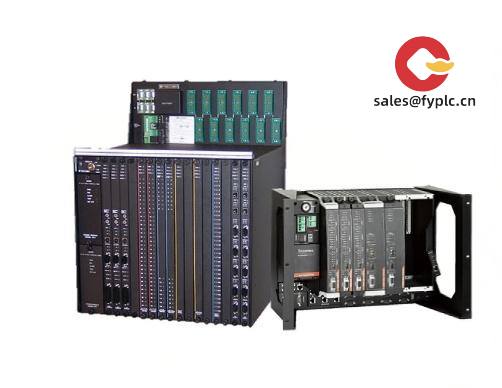
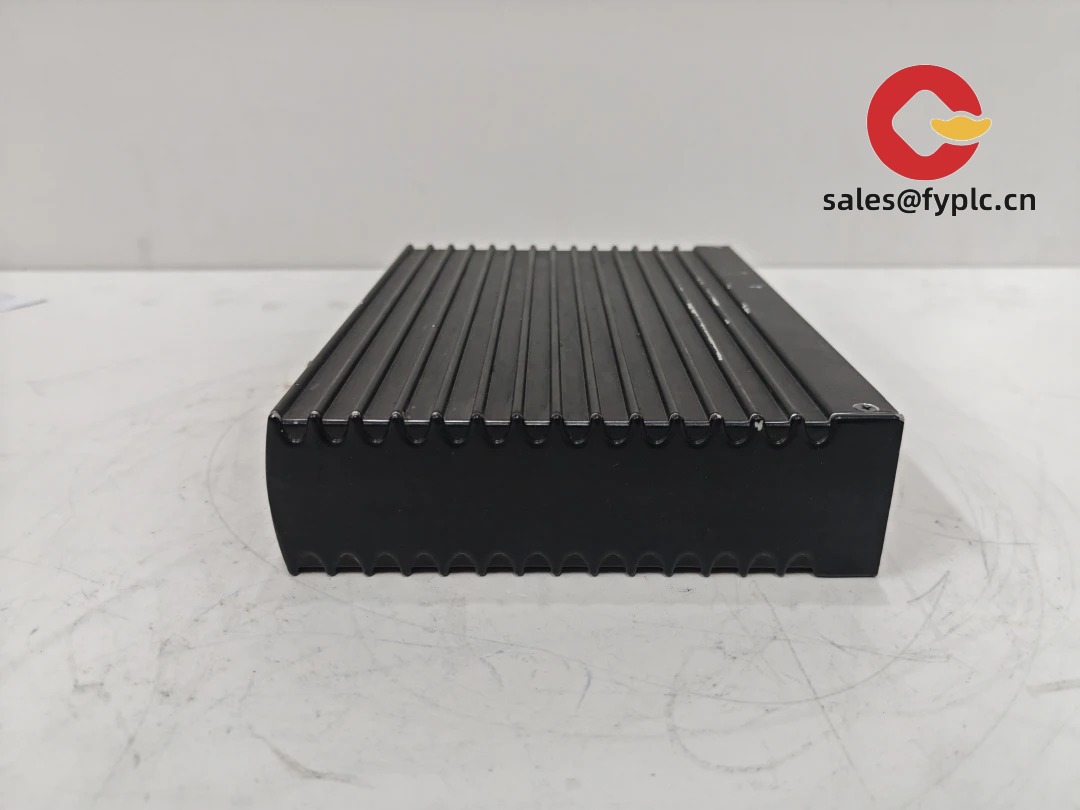
The TRICONEX RO3451 is a relay output (RO) module designed for Triconex safety instrumented systems, typically used where you need robust, dry-contact switching of field devices in ESD, fire & gas, and high-integrity process control. From my experience, it fits well when you want the simplicity and isolation of mechanical relays with the diagnostics and integrity you’d expect from a Triconex TMR platform. You might notice that it’s often chosen as a drop‑in replacement in legacy units where maintaining SIL-capable architectures and minimizing downtime really matter.
Company’s Order Placement Process and Guarantees
- Warranty period: 365 days
- Delivery time: typically 1 week for in‑stock; no more than one month at the latest
- Payment terms: 50% advance payment; full payment prior to delivery
- Express options: FedEx, UPS, DHL
- Every unit is function-checked before dispatch; packaging designed for sensitive electronics
Key Features
- Safety‑grade relay outputs – Dry-contact switching suitable for solenoids, interposing relays, and shutdown circuits.
- TMR platform compatibility – Works within Triconex triple‑modular‑redundant architectures to support high availability and fault tolerance.
- Online diagnostics – Module and channel health monitoring helps catch contact issues or discrepancies early.
- Hot‑swap serviceability – Designed for online replacement within the proper Triconex chassis workflow, reducing process interruptions.
- Galvanic isolation – Relay isolation between channels and the system backplane minimizes common‑cause faults.
- Backplane integration – No standalone configuration ports; communication and power handled by the Triconex backplane.
- Field wiring via termination assemblies – Typically routed through Triconex field termination assemblies to keep panel wiring tidy and maintainable.
Technical Specifications
| Brand / Model | TRICONEX RO3451 |
| HS Code | 8538.90 (Parts suitable for apparatus of heading 8537) |
| Power Requirements | Backplane powered (no separate logic supply); external field power provided for the load side as required by the application. |
| Signal Output Type | Relay (dry-contact) discrete outputs, suitable for interfacing to interposing relays, solenoid valves, contactors, and ESD circuits. |
| Communication Interfaces | Triconex proprietary backplane; no front‑port communications. |
| Installation Method | Plug‑in module for Triconex chassis; field wiring via dedicated termination assemblies/panels. |
| Operating Temperature | Industrial ambient range typically used for Triconex I/O; confirm against site environmental specification. |
| Dimensions & Weight | Standard Triconex I/O card form factor; fits the designated system slot. Weight typically under 1 kg. |
Application Fields
- Oil & Gas: Emergency Shutdown (ESD) valves, HIPPS actuation, compressor protection interlocks.
- Refining & Petrochem: Unit trip relays, burner management permissives, flare system controls.
- Power Generation: Turbine trip relays, BMS purge/ignite interlocks, balance-of-plant trips.
- Chemicals & Pharmaceuticals: Process interlocks, overpressure trips, inerting and purge controls.
- Metals & Mining: Conveyor ESD, crusher lockouts, hoist safety interlocks.
One thing I appreciate is how the RO3451 simplifies brownfield replacements. In many cases you can retain existing termination panels and wiring, swap the module during a planned window, and bring the loop back under control without re‑engineering the marshalling. A maintenance lead at a Gulf Coast refinery told us their crew hot‑swapped an RO module in under 20 minutes during a unit standby—no unexpected trips, diagnostics clean afterward.
Advantages & Value
- Reliability – Built for continuous operation in safety environments; relay isolation and system diagnostics reduce nuisance trips.
- Compatibility – Engineered for Triconex systems, so configuration, diagnostics, and spares strategies remain consistent across cabinets.
- Lifecycle support – Ideal as a like‑for‑like replacement to stabilize installed bases and extend system life without a full migration.
- Cost control – Minimizes re‑wiring and engineering time; avoids extended outages when used as a planned spare.
- Technical help – We can assist with part matching (hardware revision/firmware compatibility) to keep your spares aligned with running assets.
Installation & Maintenance
- Panel & environment – Install in a clean, ventilated control cabinet; maintain adequate airflow and keep within the system’s specified ambient temperature/humidity.
- Wiring practices – Route field wiring to the approved termination assemblies; separate high‑energy loads; add coil suppression (RC or diode) on inductive devices to extend relay life.
- Grounding & EMC – Bond cabinet grounds properly and follow Triconex grounding and shielding guidance to minimize transient issues.
- Hot‑swap procedure – Follow site MOC and the Triconex maintenance sequence; verify the slot is permissive and observe diagnostics before/after replacement.
- Routine checks – Proof‑test outputs at the interval defined by your SIF; inspect terminals, tighten as needed, and log relay operations for predictive replacement.
- Spare strategy – Keep at least one tested spare per cabinet or per set of identical output cards; align hardware revisions with existing modules when possible.
Quality & Certifications
- Designed for use within Triconex systems that are SIL3‑certified at the system level (TÜV), when installed and validated per the safety manual.
- Typically CE compliant for industrial environments; UL/cUL recognition is common for Triconex I/O components.
- RoHS compliance applies to most later‑generation cards; verify per lot/serial if this matters for your site.
- Warranty: 365 days from delivery.
If you’re aligning spares by revision, send us the running chassis details and we’ll match the RO3451 accordingly. It appears that most sites prefer a like‑for‑like swap to keep delta testing minimal, which typically shortens the maintenance window and avoids re‑validation effort.

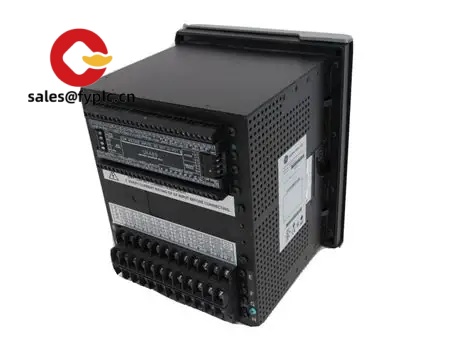



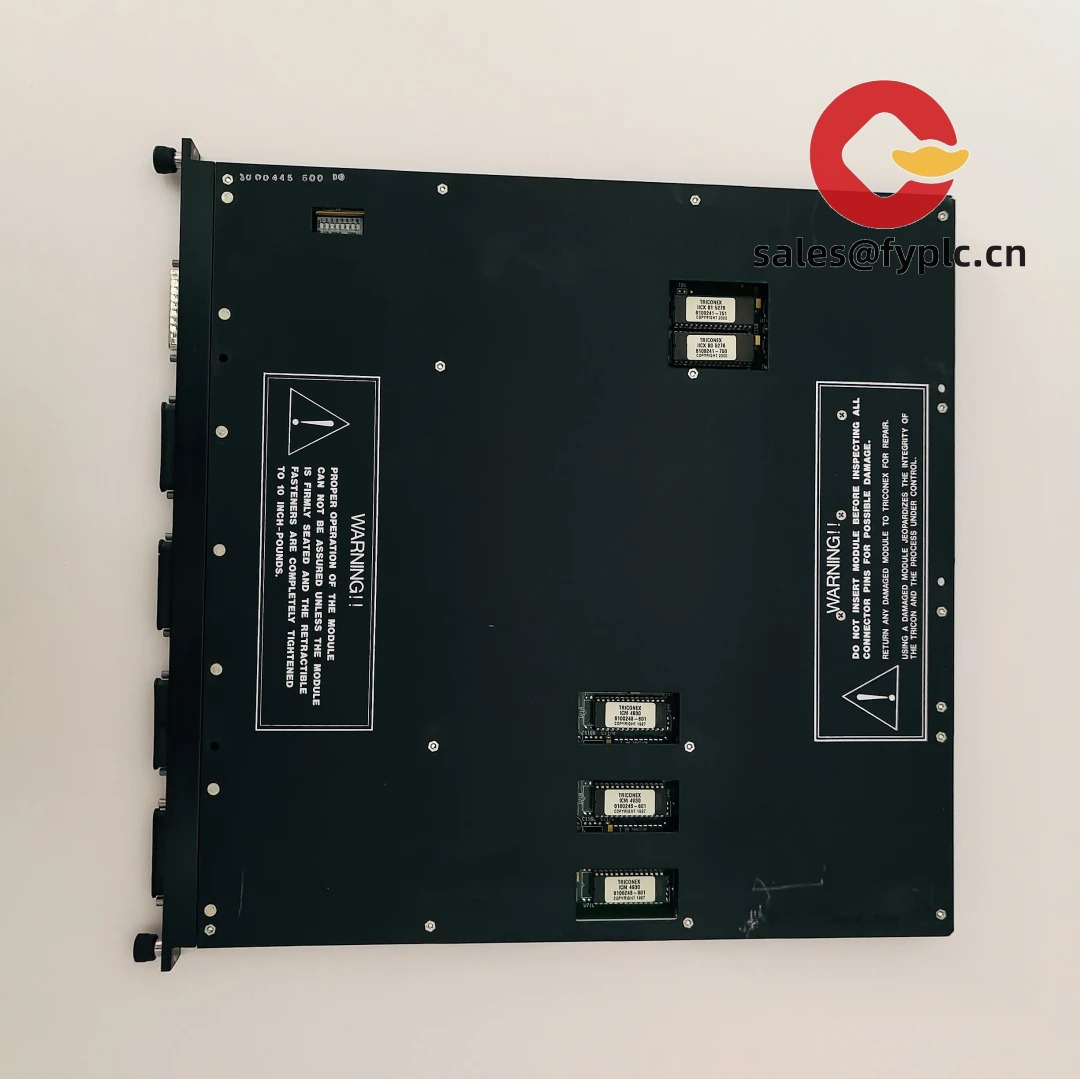

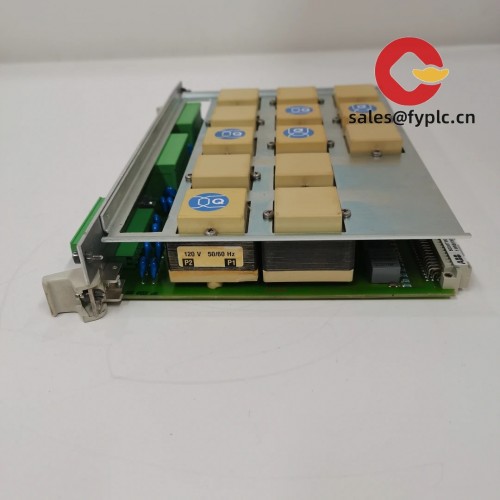
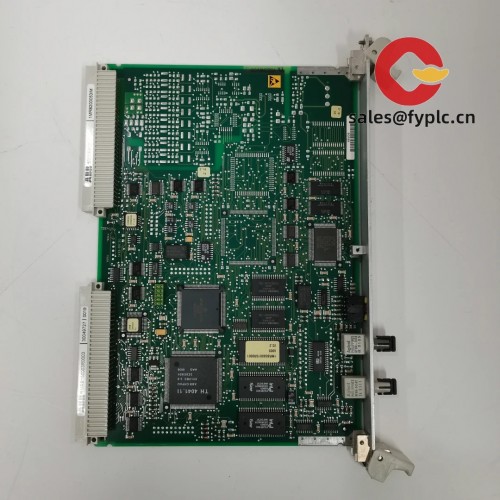
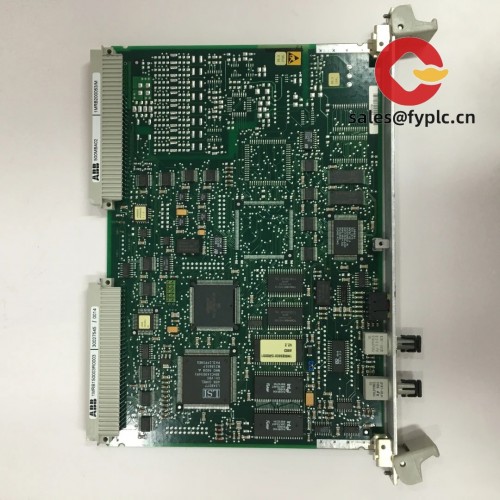
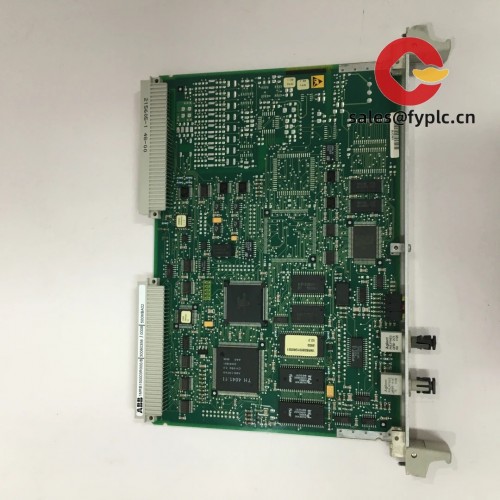
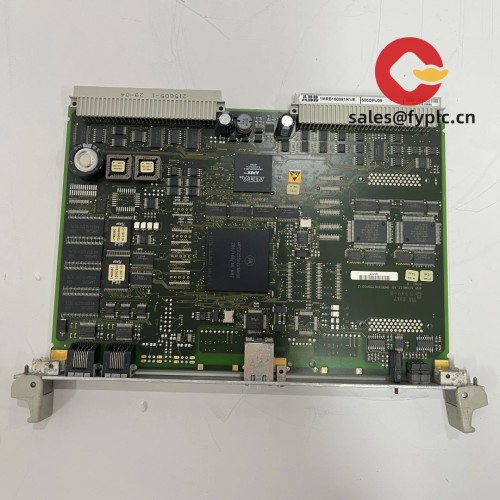


Reviews
There are no reviews yet.